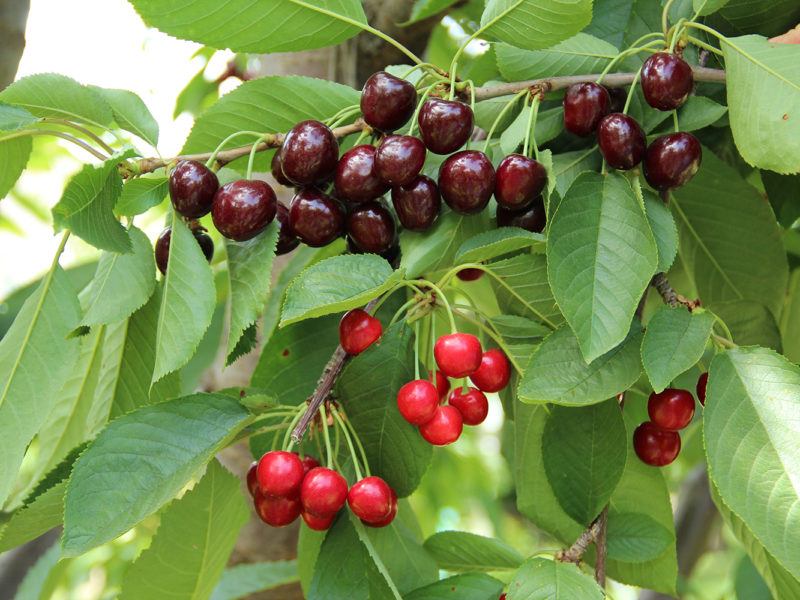A new industry-led task force hopes to survey cherry growers this summer to ensure a disease that devastated BC’s cherry industry decades ago doesn’t return.
Kootenay growers first reported little cherry disease in 1933. By 1946, almost every tree in the region was infected by the virus that causes the disease, which results in under-sized fruit with little flavour. It remained that way until the early 1980s when all cherry trees and wild hosts in the Creston Valley were removed and growers replanted their orchards with virus-free trees.
The disease turned up in the Okanagan in 1969. Regular surveys were done throughout the Okanagan beginning in 1970 and infected trees were removed. But funding for the program was cut in 2003.
Mike Sanders, a retired agrologist who worked with the BC agriculture ministry in the early 1970s, says that has left the industry without a handle on the situation.
“We don’t have a clue what the situation is today. That’s scary,” he says. “We don’t know if there has been any spread since then.”
Little Cherry Disease and two similar afflictions have cost Washington growers $80 million in crop losses, tree removal and replanting over the past eight years.
With that in mind, the research and extension committee of the BC Cherry Association has established a 13-member task force chaired by Sanders to address the disease in BC. The task force includes representation from industry and government and is seeking funding to survey orchards in areas identified as ‘of concern’ in previous surveys.
To give the survey a head start, the task force is asking growers to scout for symptoms prior to harvest and mark suspect trees. Should the province provide funding, a formal survey will launch this summer.


 Grape pomace upcycled
Grape pomace upcycled